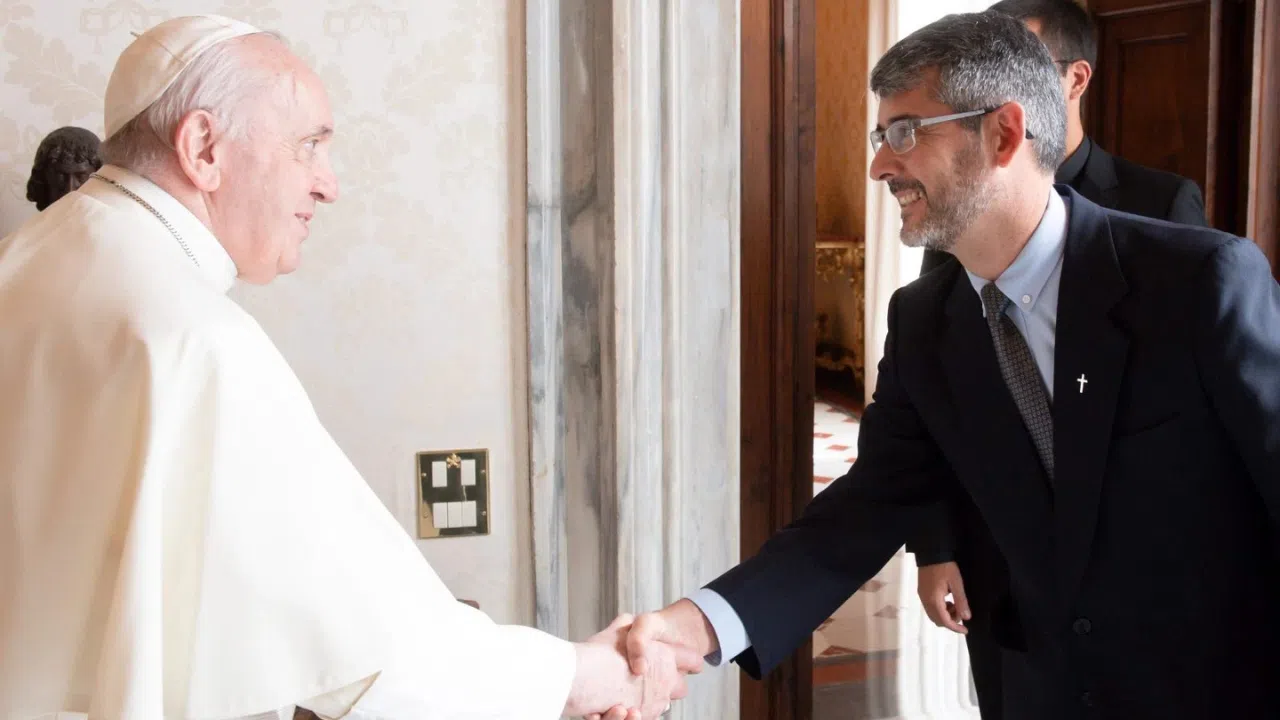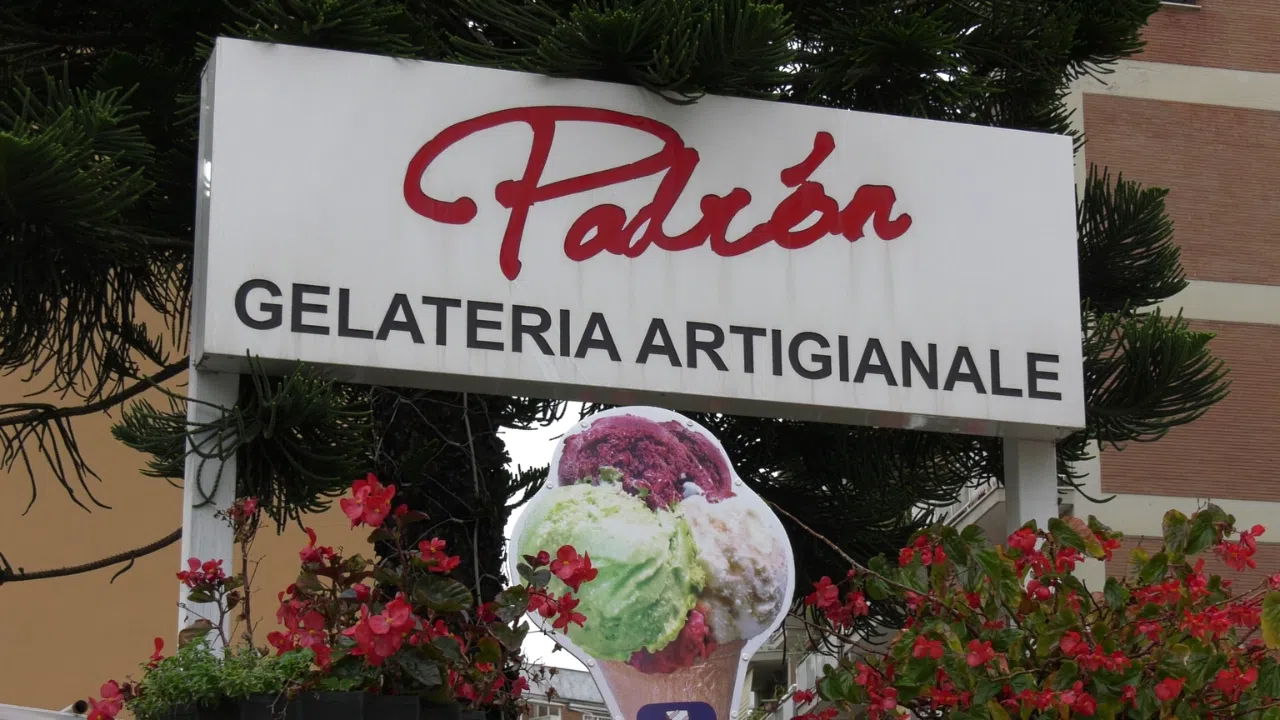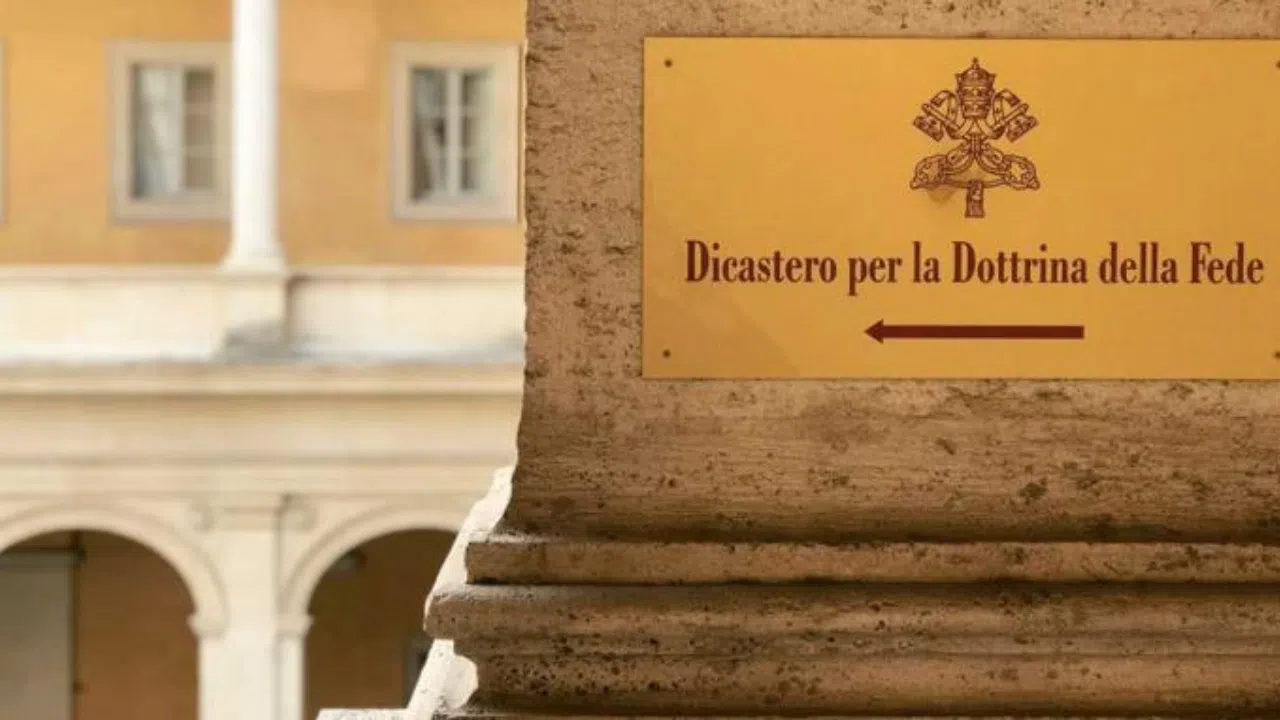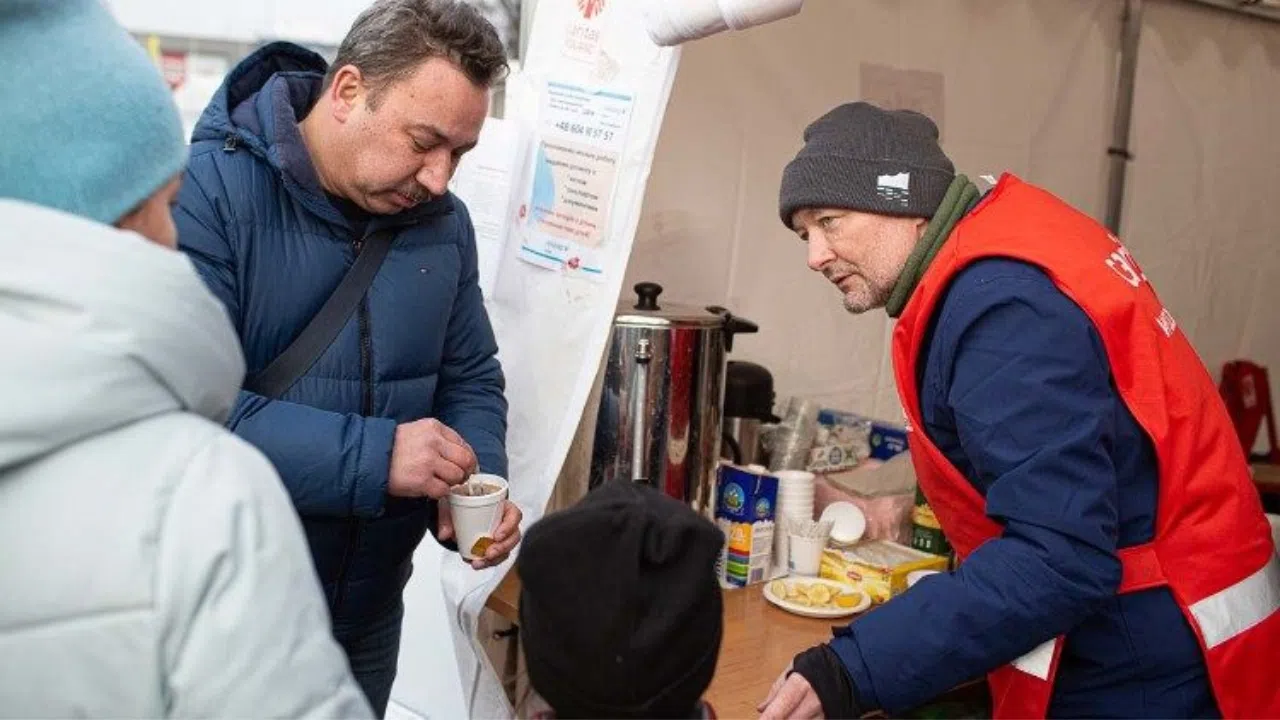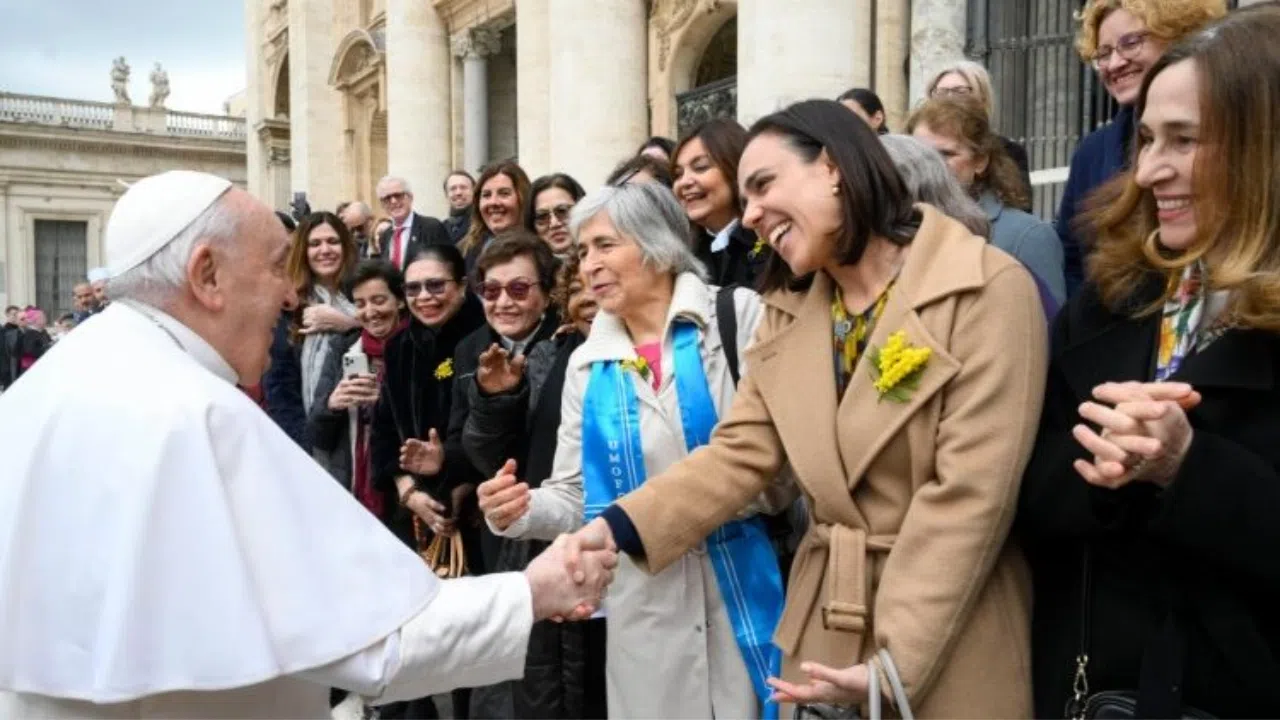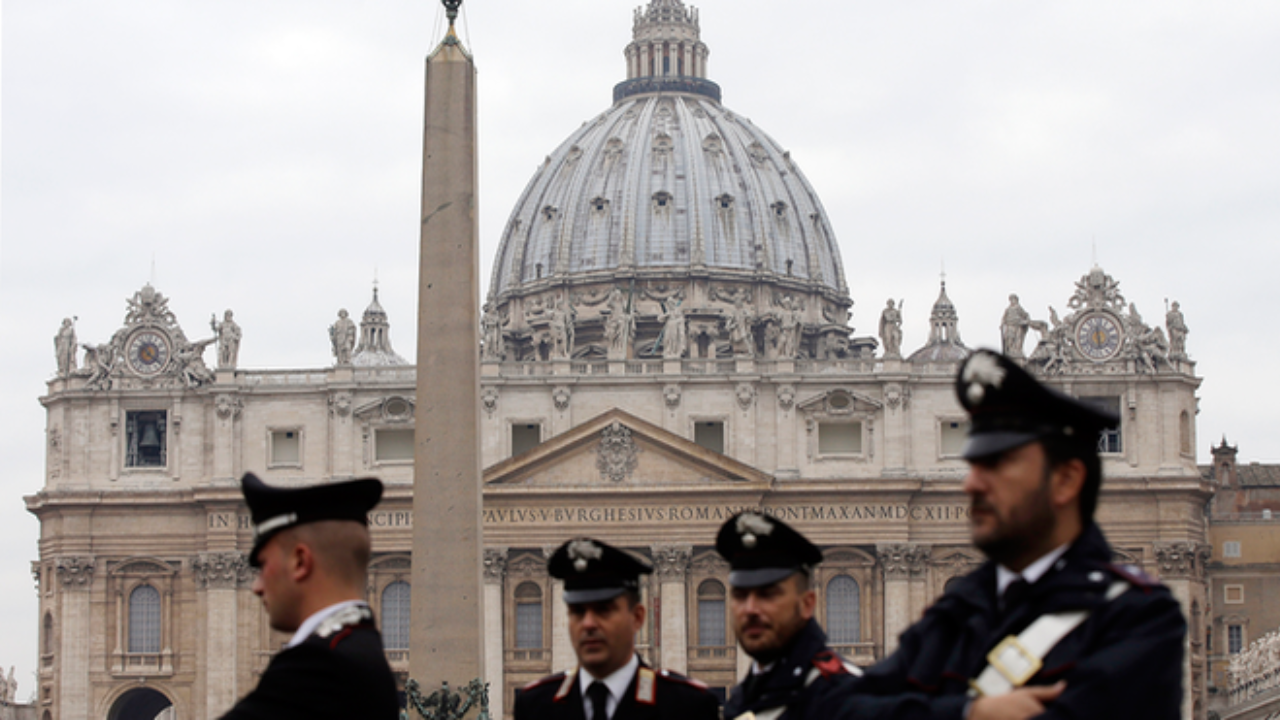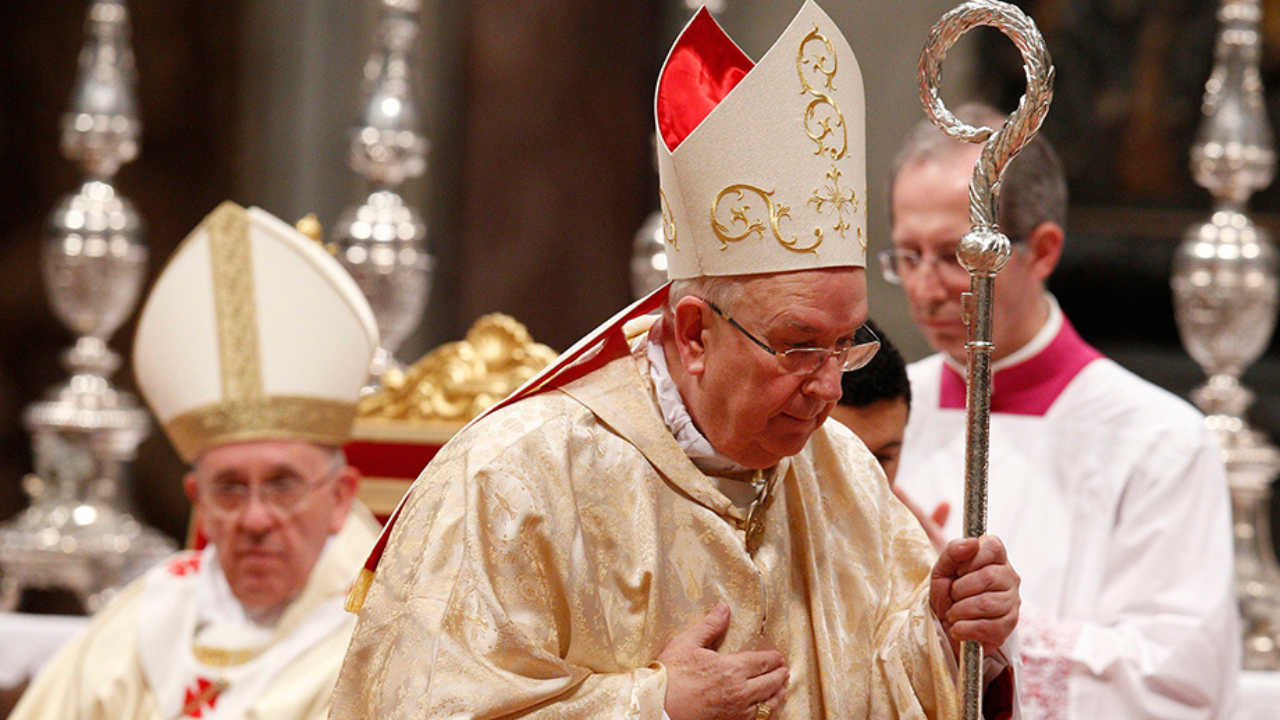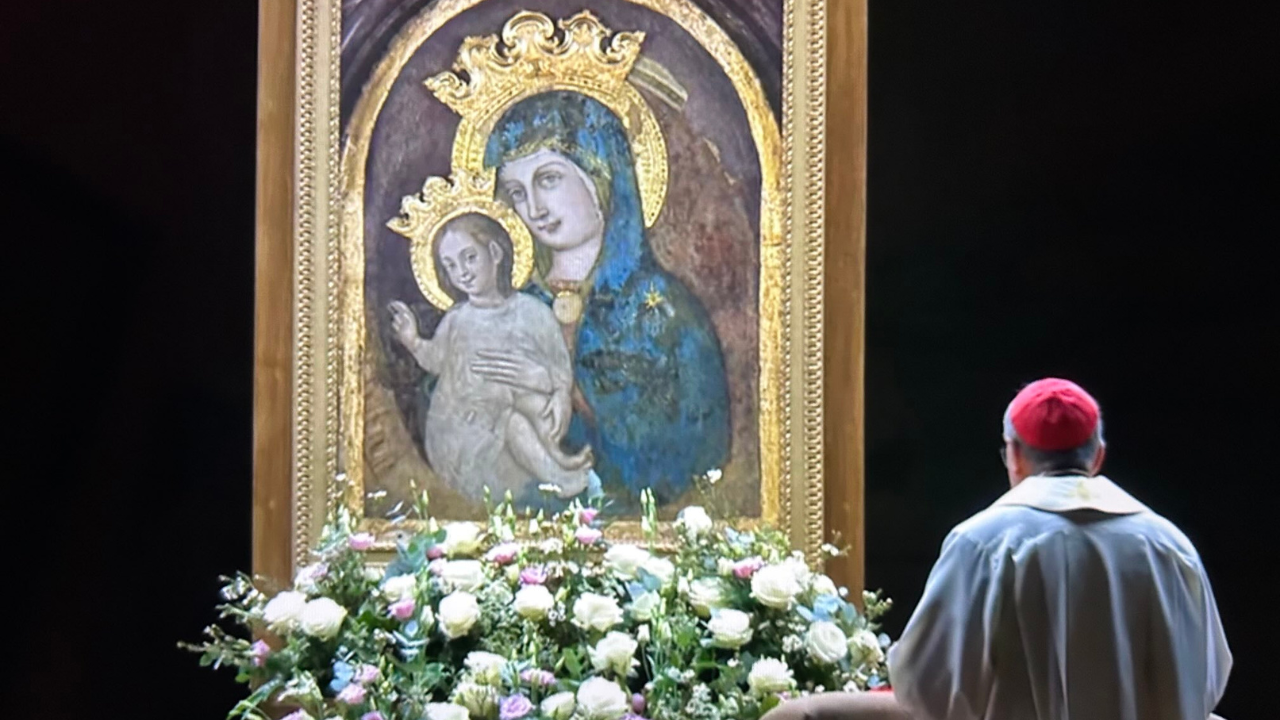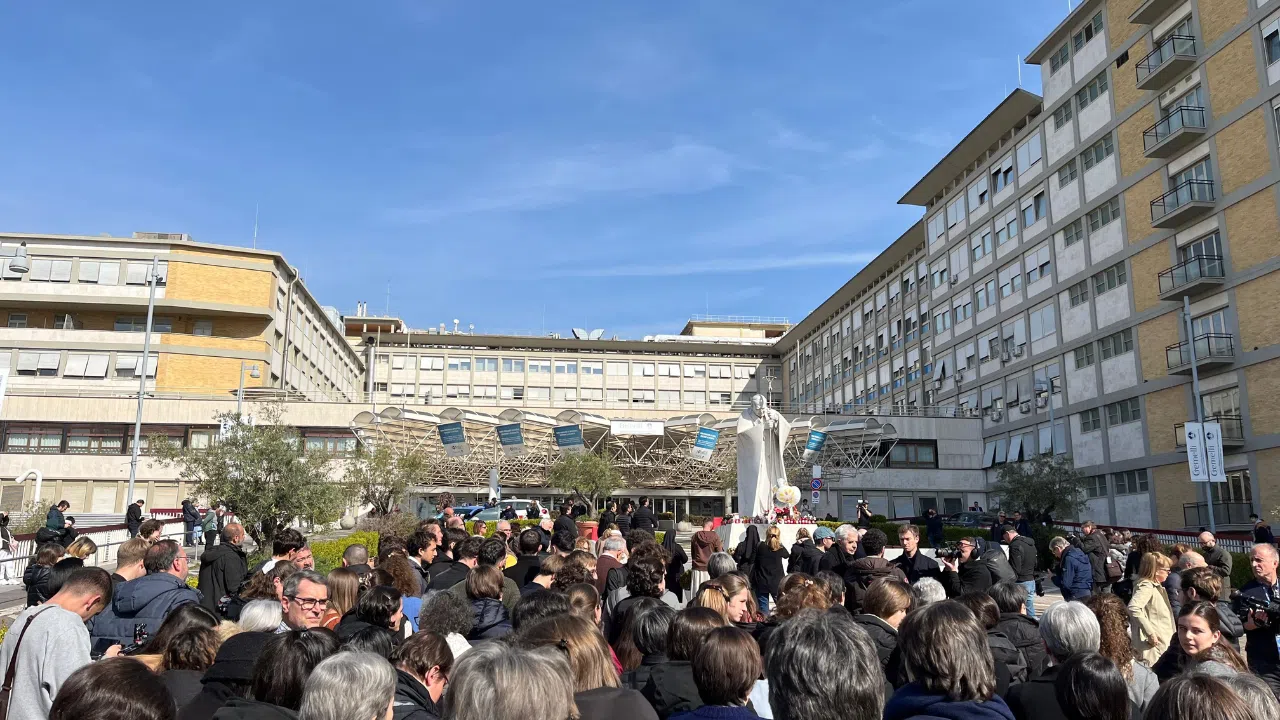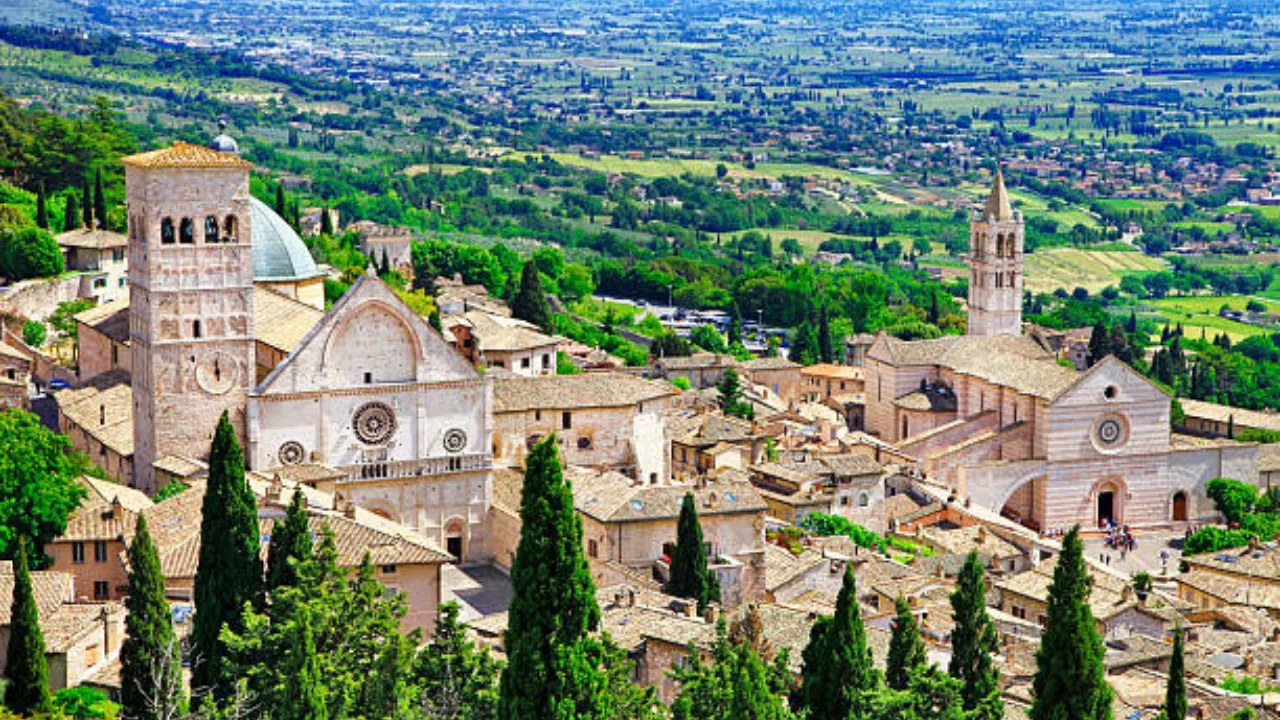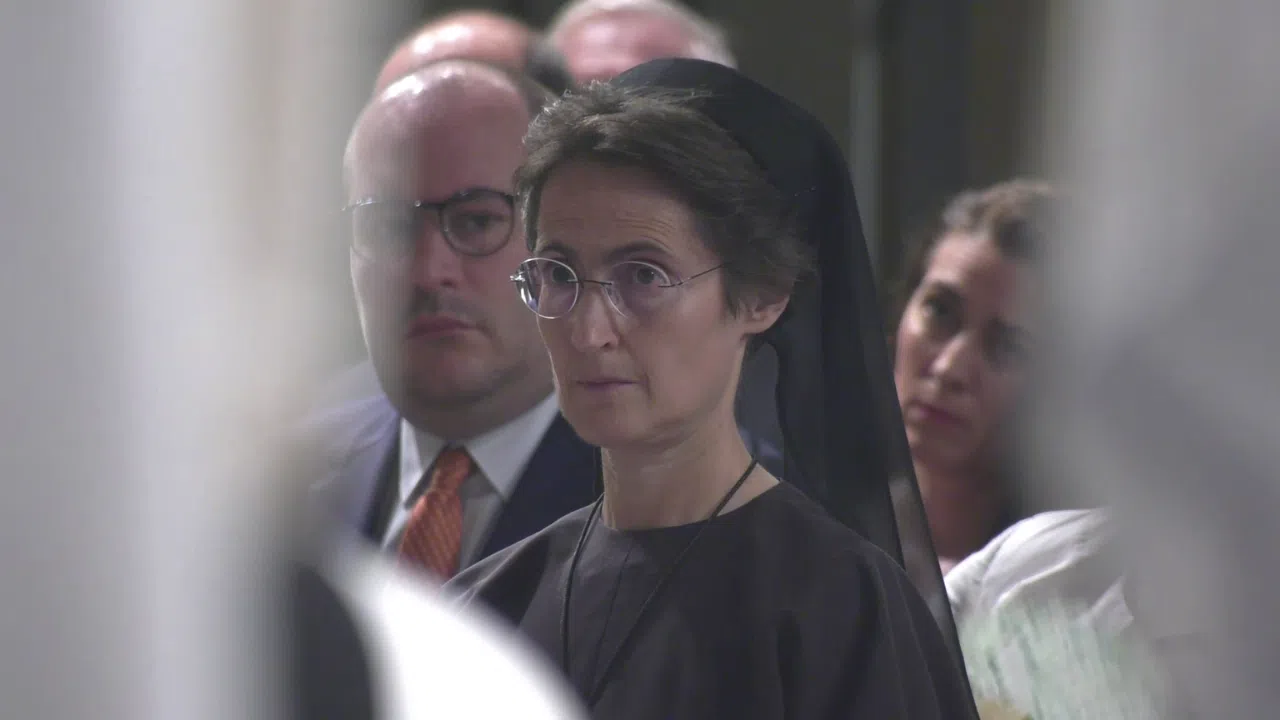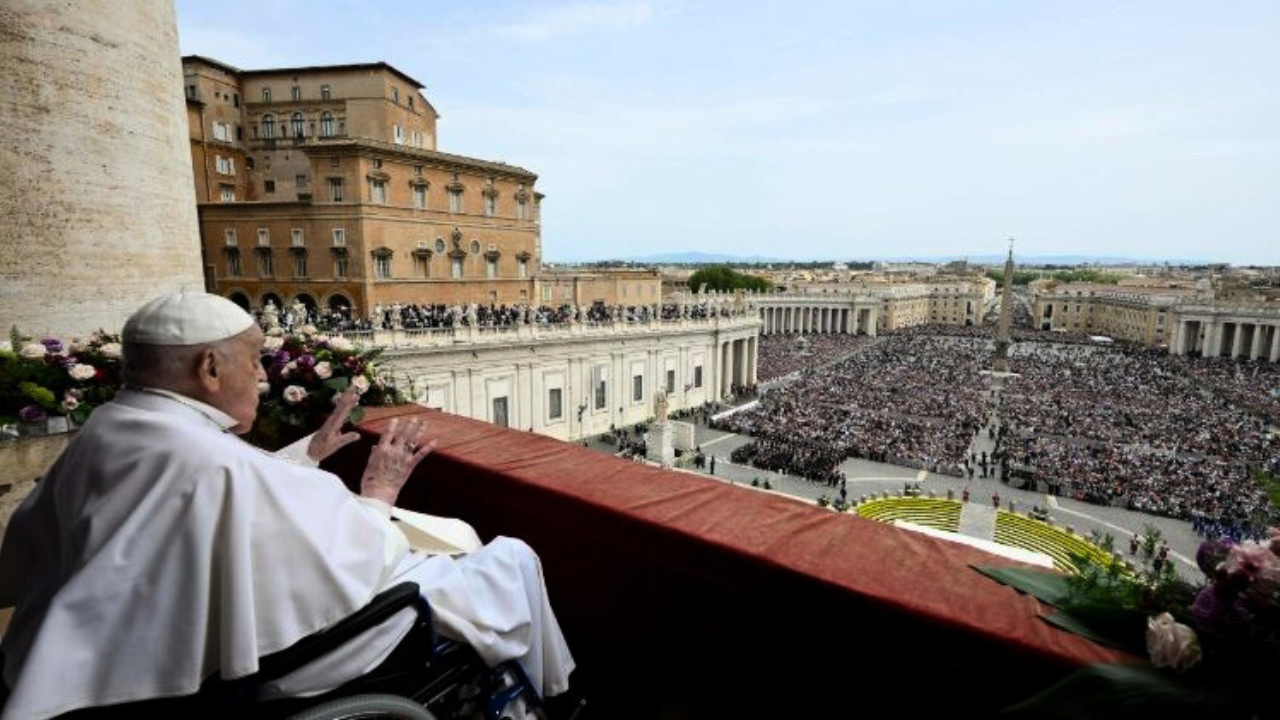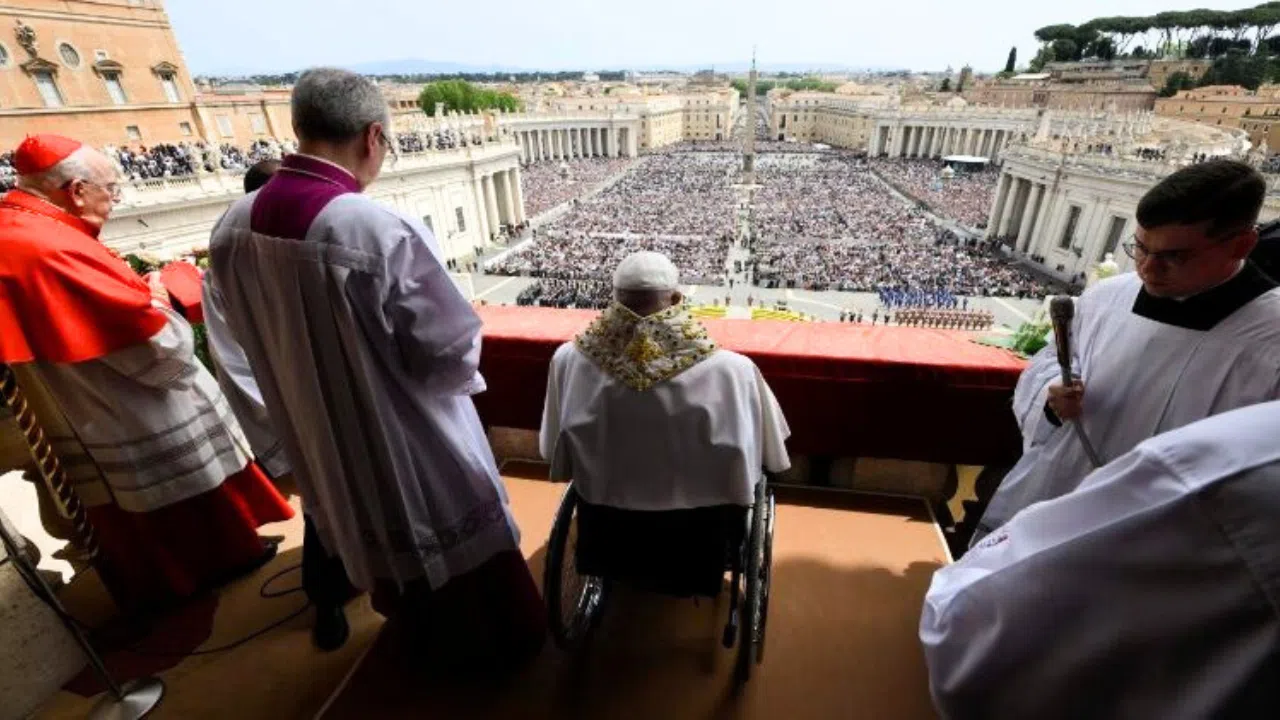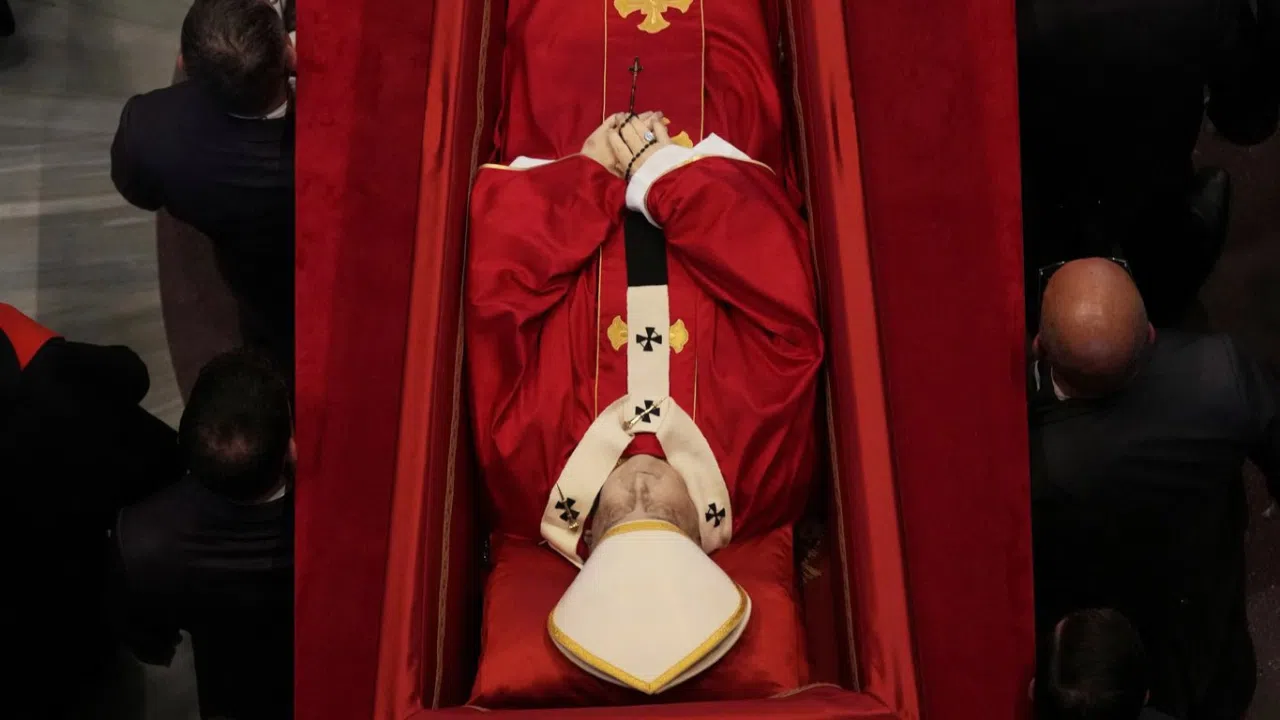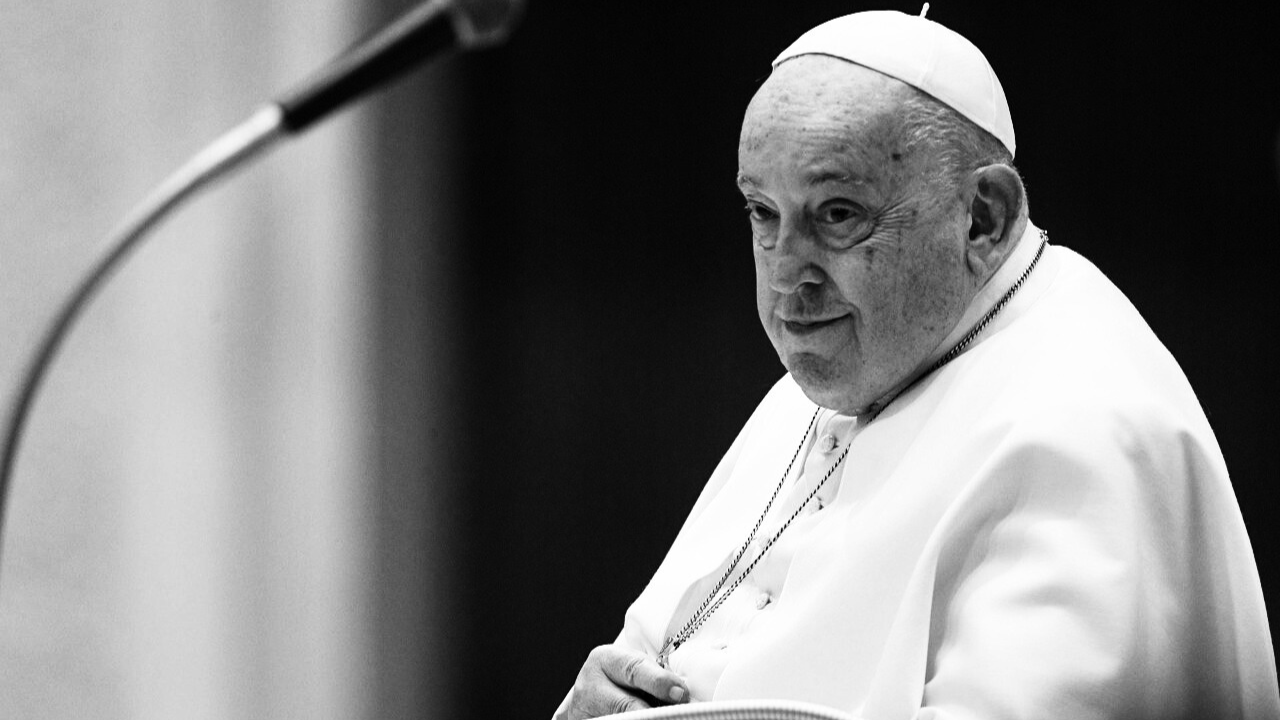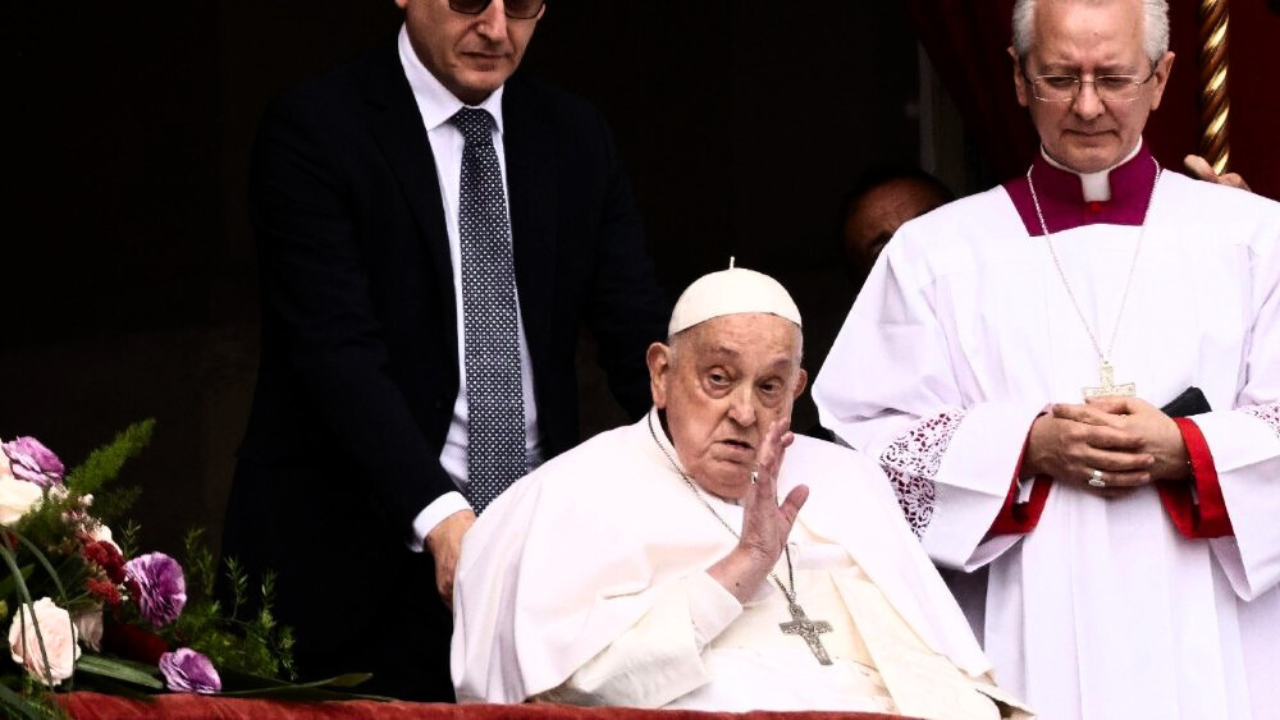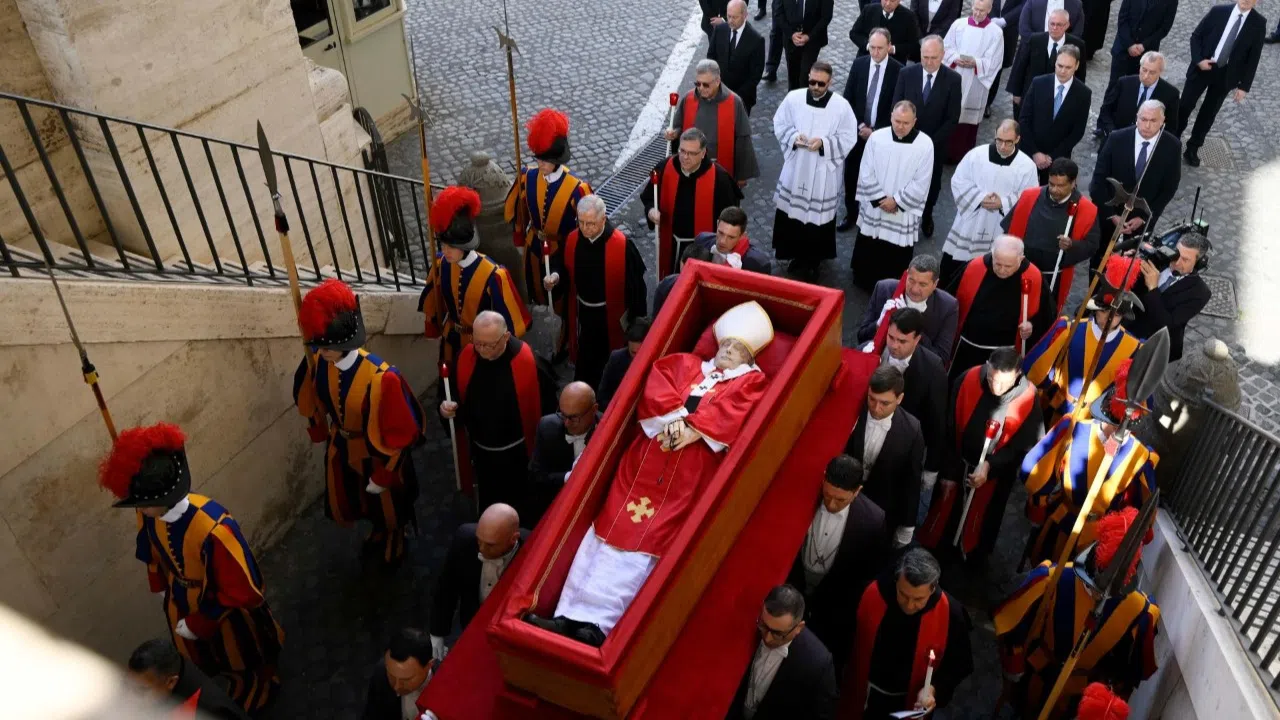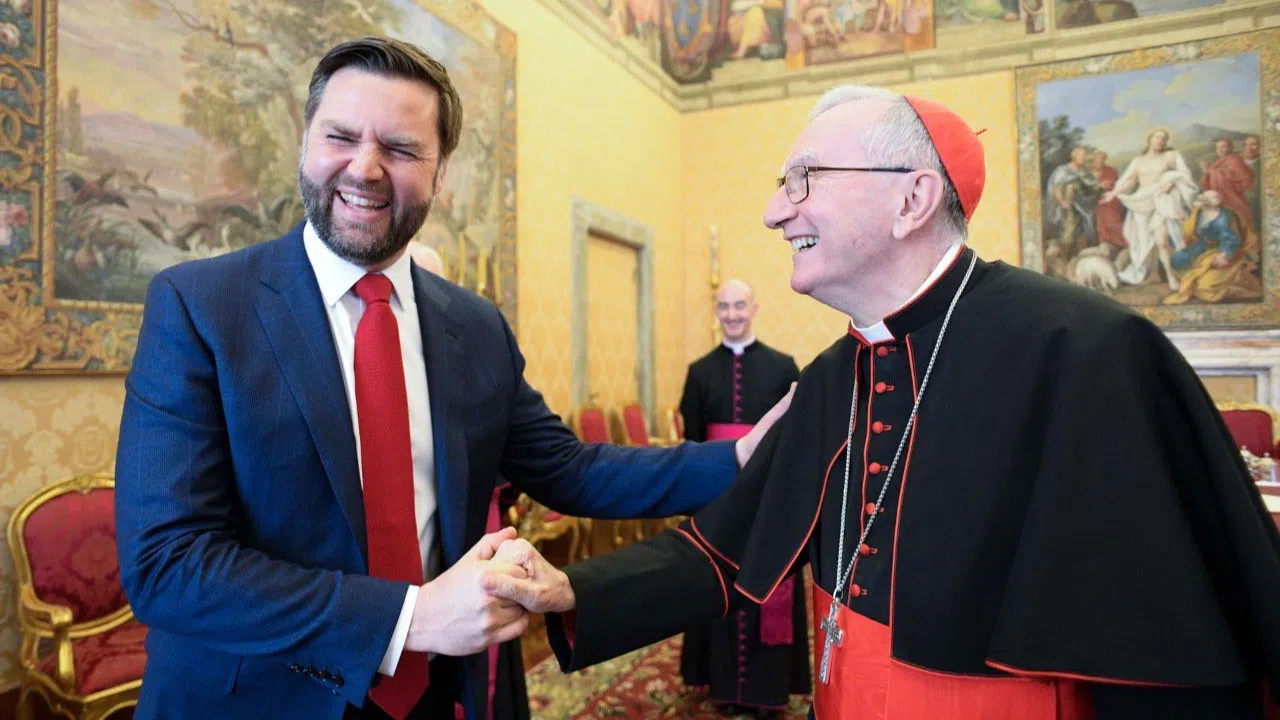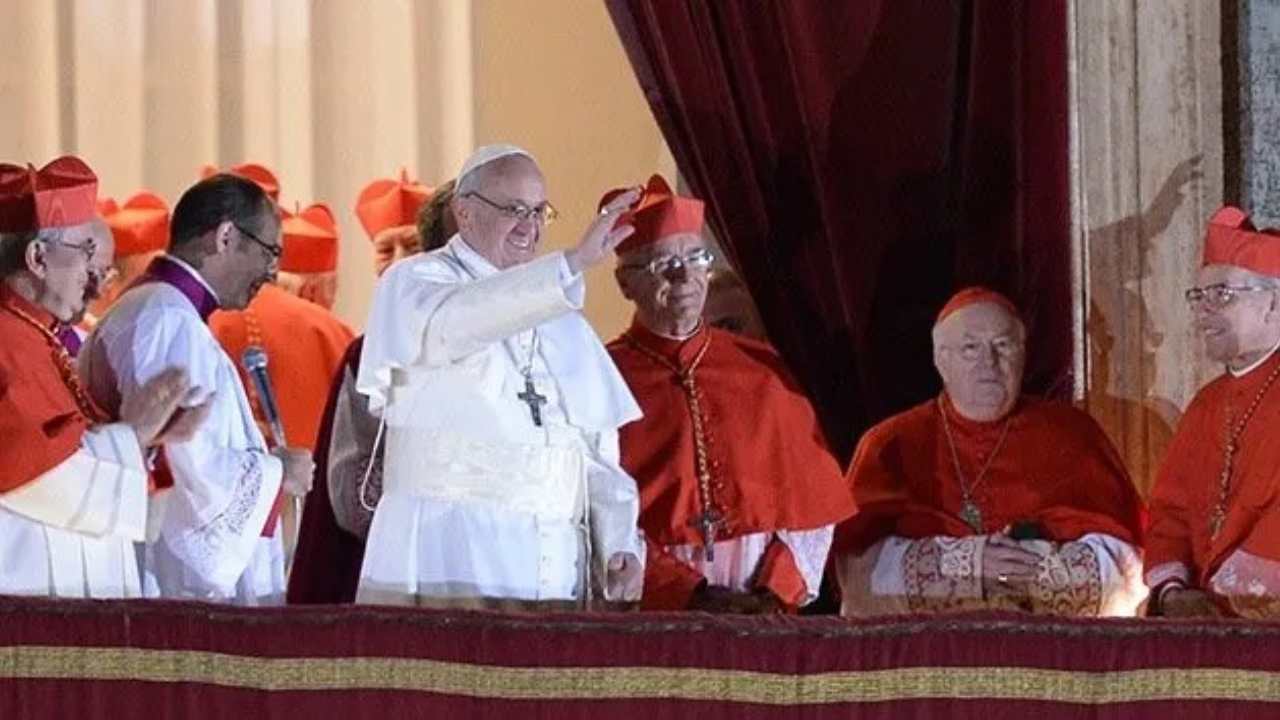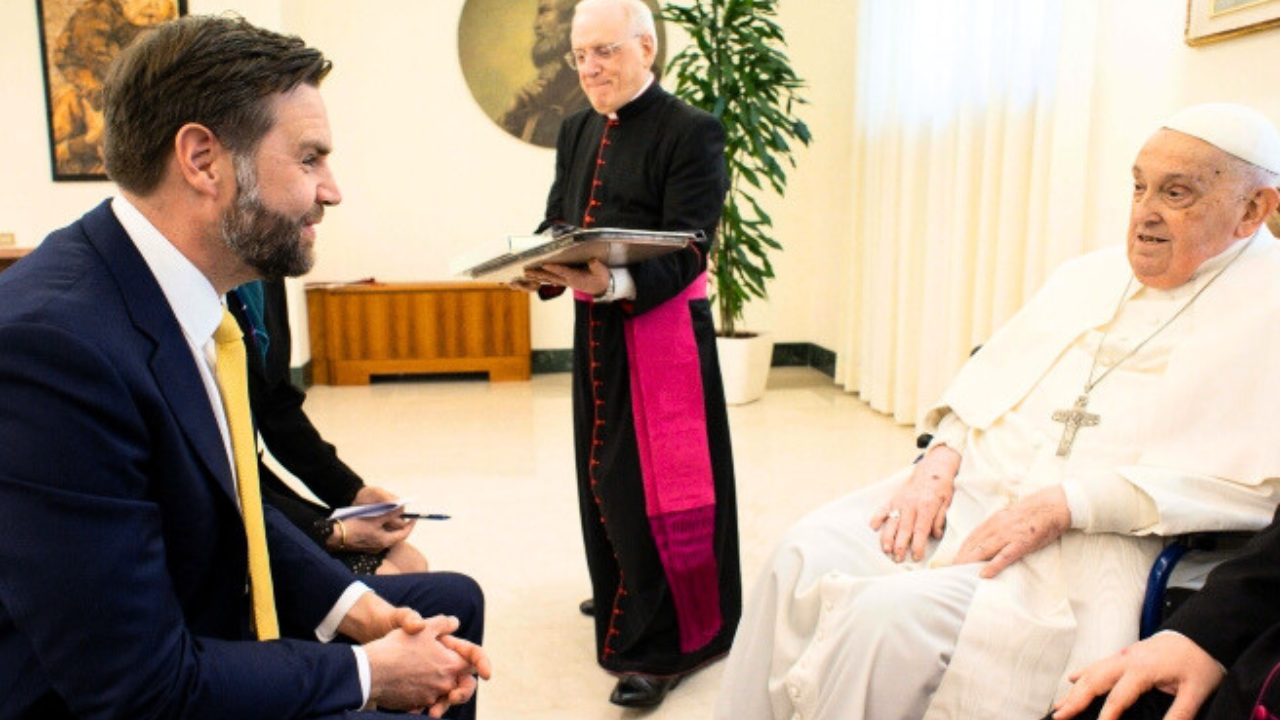Perhaps the most important function of a cardinal is to vote for a new pope when the reigning pontiff dies or resigns.
The task of electing a new pope falls exclusively to cardinals under 80 years old, an age limit set in place by Pope Paul VI.
But there are a number of less known facts about these so-called princes of the Church, collectively known as the College of Cardinals.
Where does the modern-day cardinal come from?
In 1179, papal elections for the first time were restricted to cardinals. At the time, this included clergy who had been incardinated, or transferred, into a position different than their original one.
Who can become a cardinal?
The pope personally chooses who to make a cardinal. A man must be a priest to become a cardinal. Any appointee who is not a bishop must first be consecrated a bishop, but the pope can make exceptions to this requirement.
Is there a maximum number of members allowed in the College of Cardinals?
For a long time, the College of Cardinals consisted of between 20 and 30 members. Then in the 16th century, the limit was set at 70. Pope John XXIII broke this limit, and today the number of cardinals in the College surpasses 200.
Why do cardinals wear red?
At an ordinary consistory, which is the ceremony for the creation of new cardinals, the pope places the characteristic red biretta on the cardinal's head and reminds him of what the scarlet symbolizes.
POPE FRANCIS
“The readiness of a cardinal to shed his own blood—as signified by the scarlet color of his robes—is secure if it is rooted in this awareness of having been shown compassion and in the ability to show compassion in turn.”
What are the different orders of cardinals?
There are three orders of cardinals: deacons, priests and bishops. The only practical difference between them today is seen when protocol calls for a cardinal of a specific order to complete a designated task.
In the past, cardinal deacons oversaw social services and charity work in Rome; cardinal priests ran the parishes; and cardinal bishops were in charge of the seven dioceses surrounding Rome.
What role do cardinals play today?
Today, some cardinals are in charge of the Roman Curia's different departments, like the Congregation for the Doctrine of the Faith or the Congregation for the Causes of Saints. Others are archbishops in charge of major dioceses.
Cardinals are considered the pope's closest advisers. They are the ones who elect the pope. And traditionally, it is also the cardinals who are the primary candidates when the time comes to vote for a new pontiff.
CT
RR
